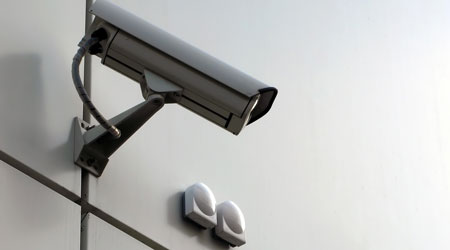
Hitting the Mark: Benchmarking Works, Study Finds
September 22, 2016
A study on the impact of benchmarking on large commercial office and apartment buildings in New York City offers proof of a practice that can benefit all institutional and commercial facilities: Providing building occupants with insight into their energy use tends to promote energy efficiency.
The study was conducted by New York University’s Center for Urban Science Progress (CUSP) and Urban Green, which is the New York City chapter of the U.S. Green Building Council. It examines the impact of Local Law 84 (LL84), which was enactted in 2009. The law mandated that buildings with 50,000 square feet or more annually report energy and water use to enable comparison between the facilities.
The study looked at the results of the LL84 from 2010 to 2013. The bottom line was that water and energy use patterns improved during that period. The data the city collected demonstrated that the carbon emissions and energy use of benchmarked buildings decreased over time. Between 2010 and 2013, emissions from 3,000 consistently benchmarked properties dropped by 8 percent, while energy use decreased by 6 percent.
Read more
here.
This Quick Read was submitted by Dan Hounsell, editor-in-chief of Facility Maintenance Decisions, dan.hounsell@tradepressmedia.com. Read about, energy benchmarking, data analysis and KPIs at https://www.facilitiesnet.com/15621FMD.
Next
Read next on FacilitiesNet












